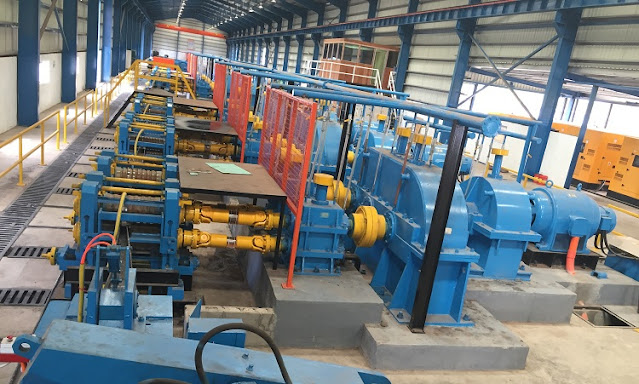The Usage And Types Of Straightener
The Usage of the Straightener
During the heating, rolling, finishing, and transportation process of the rolling piece, the external force, temperature changes, internal force changes, or some other factors, very easily lead to curve, deform, and some other variations, for solving these problems, we need to use a straightener to eliminate the stress from both inside or outside, then we can get straight final steel, the straightener is essential equipment in a rolling mill workshop, and is widely used for other workshops like cars and ships.
The Types of the Straightener
According to the requirement of the final product specification requirement, the straightener style would be the difference, divided by working theory, and application purpose can be divided as the following:
Press straightener
Parallel straightener
Cross rolls straightener
Stretch straightener
Bending straightener
Reverse straightener
Except for the above straightener, there are still a lot of special straighteners, basically, with the development of technology, the straightener will be promoted very quickly, for different requirements of the application.
Please contact stella@hanrm.com for a quotation.
And free send inquiries to us.
Email: stella@hanrm.com stellarollingmill@gmail.com
Whatsapp/Wechat:+8615877652925





.jpg)
.jpg)















